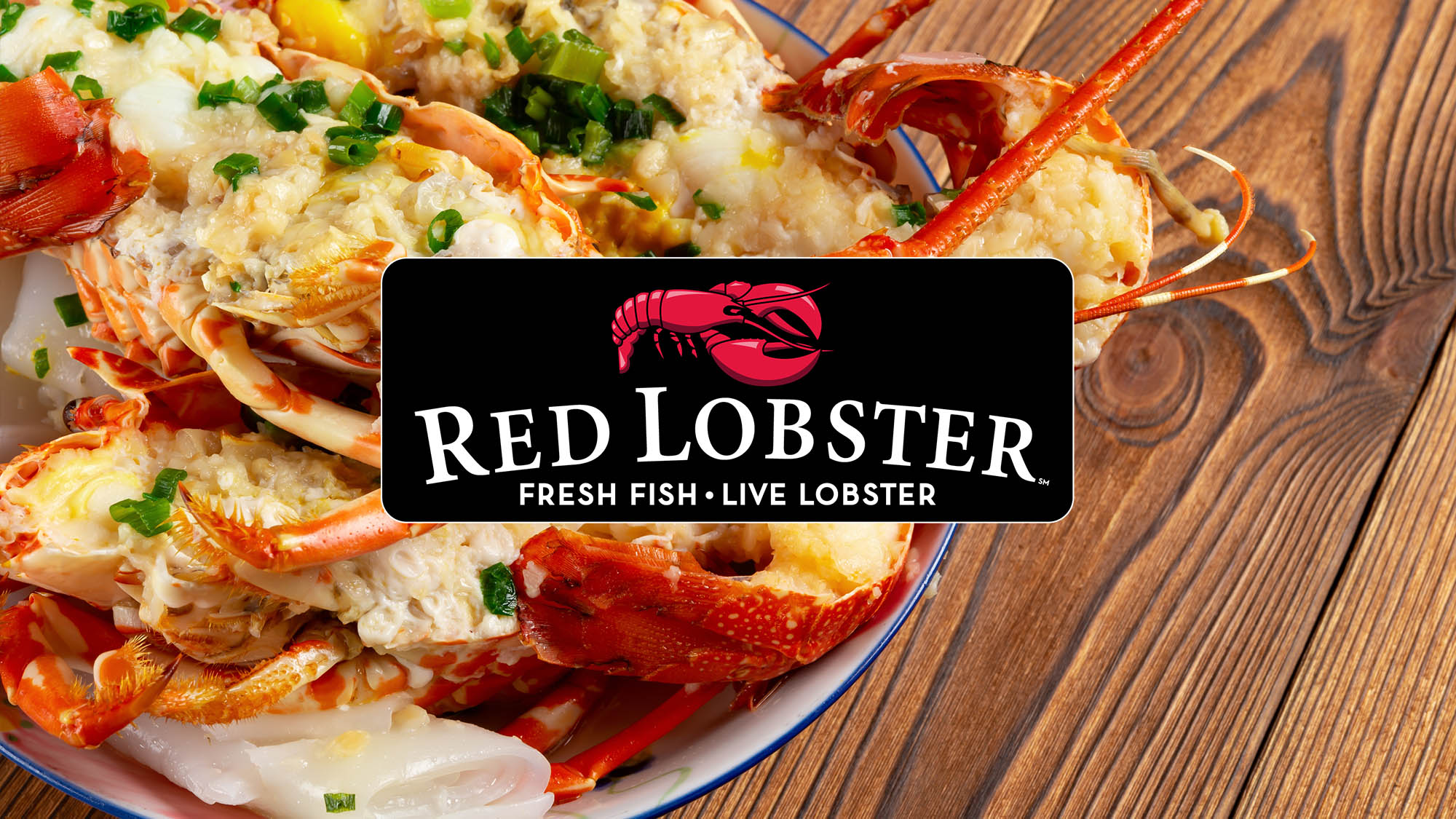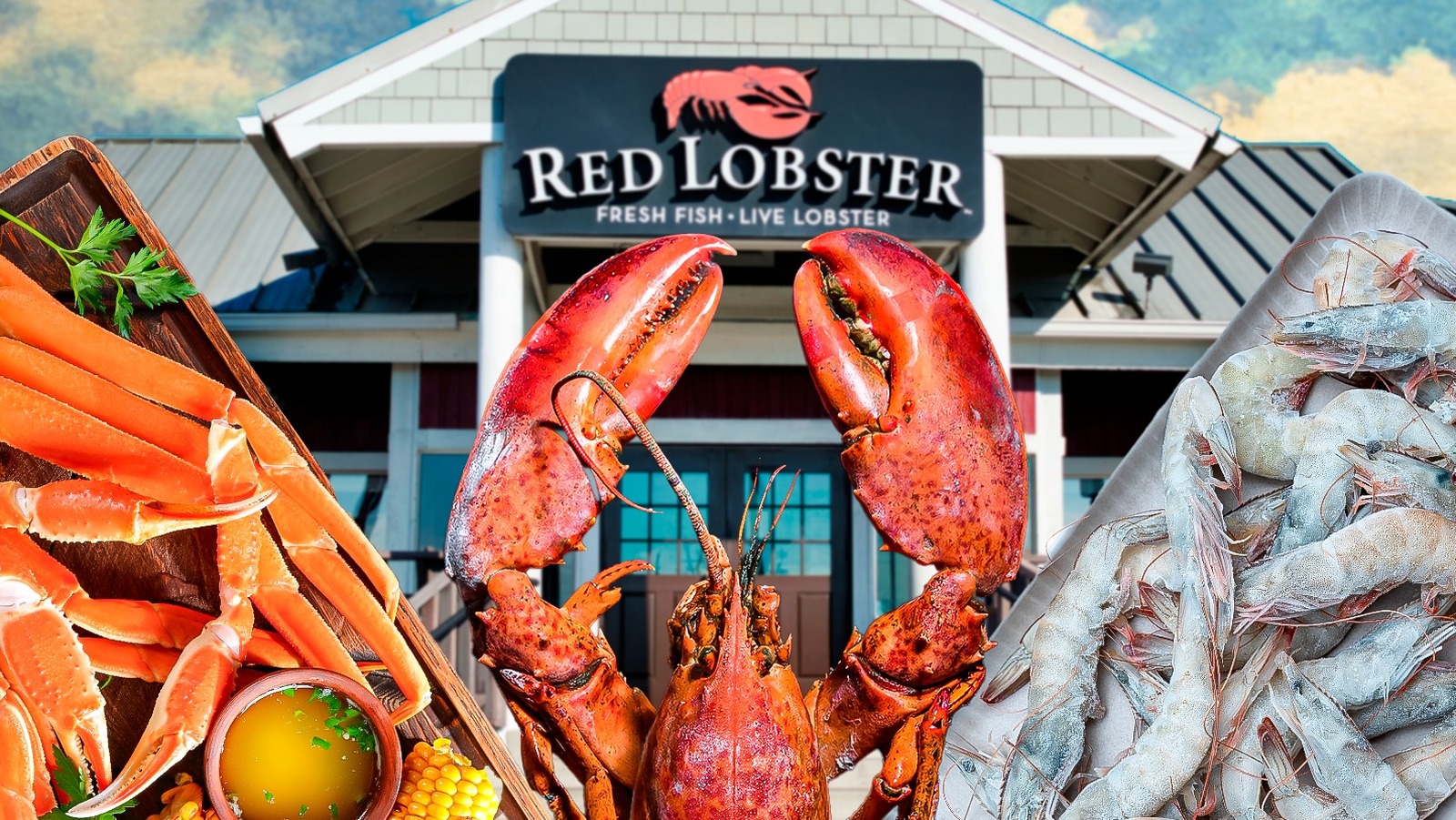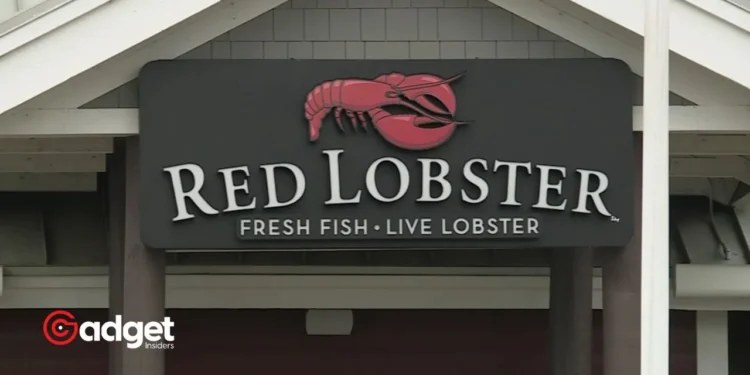In an audacious bid to boost dwindling patronage and spike sales, Red Lobster introduced a seemingly irresistible ‘Endless Shrimp’ offer priced at a mere $20. The promotion, initially a temporary lure, became a permanent fixture by June 2023, following an overwhelming response that far exceeded the chain’s expectations. However, this move to sustain foot traffic has turned into a financial quagmire, contributing significantly to Red Lobster’s financial distress.
“CFO Ludovic Garnier reflected on the decision, stating, ‘For those who have been in the US recently, $20 was very cheap. And the rationale for this promotion was to say we knew the price was cheap, but the idea was to bring more traffic to the restaurants.’
However, he added, ‘Something different from our expectation is the proportion of the people selecting these promotions was much higher compared to expectation.’
The impact of social media platforms like TikTok, where diners flaunted their endless plates of shrimp, only amplified the promotion’s popularity but strained the financials with its low price point.
The aftermath was stark. Red Lobster faced a record loss of £8.86 million ($11 million) in 2023, compelling the seafood giant to reevaluate its promotional strategy. By the end of the year, the price of the ‘Endless Shrimp’ had to be raised to £20 ($25) in an attempt to mitigate the financial hemorrhage.

Red Lobster Navigating High Seas: Restructuring Amidst Rising Costs
Founded in 1968 in Lakeland, Florida, Red Lobster has grown into a behemoth with approximately 650 locations across the United States. Known for its signature cheddar bay biscuits and seafood platters, the restaurant chain has become a staple for dining in America.
However, the past years have not been kind to this iconic brand. Facing mounting debt and a £10 million ($12.5 million) operating loss in the fourth quarter of 2023 alone, the company has been forced to consider drastic measures to remain afloat.
The chain is reportedly mulling over a Chapter 11 bankruptcy filing, a strategic move aimed at restructuring its operations. This would potentially allow Red Lobster to shed burdensome contracts and negotiate more favorable lease terms, essential steps given the financial strain caused by unfavorable leases and high labor costs.
“I wonder why Red Lobster is considering bankruptcy” pic.twitter.com/Do9MJGW9vn
— CRE Debt | Dorian (@CREdebtDorian) April 16, 2024
Red Lobster has sought the expertise of King & Spalding, a renowned commercial law firm, to navigate this complex restructuring. While a final decision on the bankruptcy filing wasn’t confirmed, industry sources suggest that it’s a viable path forward for the chain to stay operational and potentially return to profitability.
Industry Implications and the Future of Dining Innovations
The plight of Red Lobster serves as a critical case study in the volatile restaurant industry, where innovation can sometimes lead to unintended consequences.
Across the board, restaurants like Sansan Ramen in Queens are experimenting with new technologies such as virtual greeters to enhance the dining experience, while others face internal challenges like the reported misconduct at Wendy’s.

The restaurant business requires a delicate balance of innovation, cost management, and customer satisfaction—a triad that Red Lobster is currently struggling to maintain.
As the company pivots to address its challenges, the industry watches closely, aware that the outcome could signal new trends or cautionary tales for food service businesses globally.
In a rapidly evolving market, Red Lobster’s journey from a single Florida location to a national chain, and its current tribulations, reflect the broader dynamics of the restaurant industry—a continuous struggle between tradition and adaptation.









